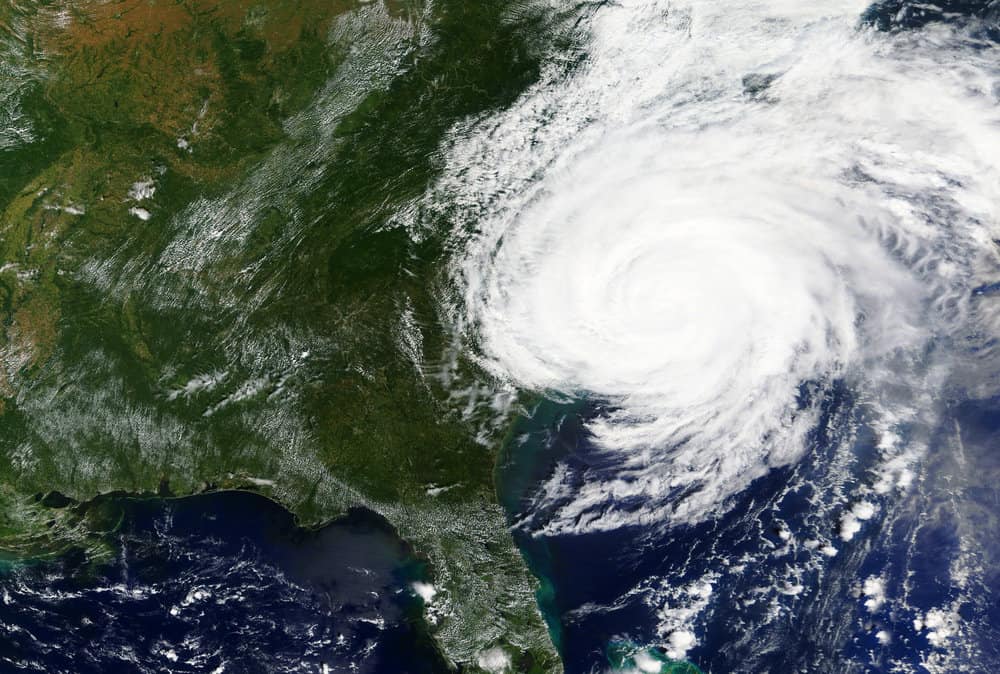
Good day,
Scientists have warned such rebuilding efforts are futile as sea levels rise and storms wear away the coast line. Meanwhile, protests from developers and the tourism industry have led North Carolina to pass laws that disregard the predictions, according to Reuters.
The Outer Banks, the string of narrow barrier islands where Rodanthe is situated, may have been spared the worst of Florence, which flooded roads, smashed homes, and killed at least 36 people across the eastern seaboard.
Still, the storm showed North Carolinians on this long spindly finger of land that ignoring the forces of nature to cling to their homes and the coast’s $2.4 billion economy may not be sustainable. Some have called for halting oceanside development altogether.
The reasons for the study and critique is that higher sea level will cause more flooding and render some communities uninhabitable, as well as affect ocean vegetation, jeopardize dune systems that help stabilize the barrier islands, and cause more intense erosion when storms like Florence make landfall, scientists say. Developers, by contrast, argue the study is too theoretical to dictate policy.
Regardless, it’s just another part of the new normal as sea levels steadily rise year after year.
Did you know?
Last April during the CVSA’s unannounced Brake Safety Day, enforcers placed about 1,600 vehicles (or about 14%) out of service for failing their brake inspections.
Quotable:
“The reality about transportation is that it’s future-oriented. If we’re planning for what we have, we’re behind the curve.”
–Anthony Foxx, former U.S. Secretary of Transportation
In other news:
Dow, S&P hit records as yields climb, dollar falls: Markets wrap
The S&P 500 Index jumped at the open to a new peak, led by the technology and financial sectors. (Bloomberg)
‘A devaluation of oilsands assets’: New rules on sulphur will make a fifth of output uneconomic within two years
Canadian oilsands companies could soon be forced to stomach an even steeper discount. (Financial Post)
Apple strategy teardown: Where the world’s most valuable company is focusing in augmented reality, wearables, AI, cars, and more
The maverick of personal computing is looking for its next big thing in spaces like healthcare, AR, and autonomous cars, all while keeping its lead in consumer hardware. (CBInsights)
Union Pacific’s cure for congestion: Imitate a rival
Railroad borrows from Hunter Harrison’s playbook to speed up its trains. (WSJ)
Containership chaos at port of Antwerp after pilots stage a walkout
Some 30 containerships are without a berth in the Antwerp region, following a 24-hour walkout by the Flemish Pilotage Service union. (The Loadstar)
Final thoughts:
According to a freight study by Cambridge Systematics, Chattanooga ranks No. 1 of all metropolitan cities when it comes to freight movement. The Thrive 2055 study, commissioned by the Chattanooga-Hamilton County Transportation Planning Organization, found that approximately 80% of all the nation’s freight travels through Chattanooga on its way to its final destination. This is due in large part to the convergence of three Interstates: I-75, I-24, and I-59.
The report predicted that the dependence on these businesses would grow in the future. With 80% of the U.S. population within a two-day truck transit time from Chattanooga, it’s no question that Gig City is the heart of Freight Alley.
Hammer down, everyone!










